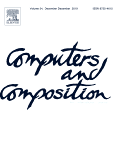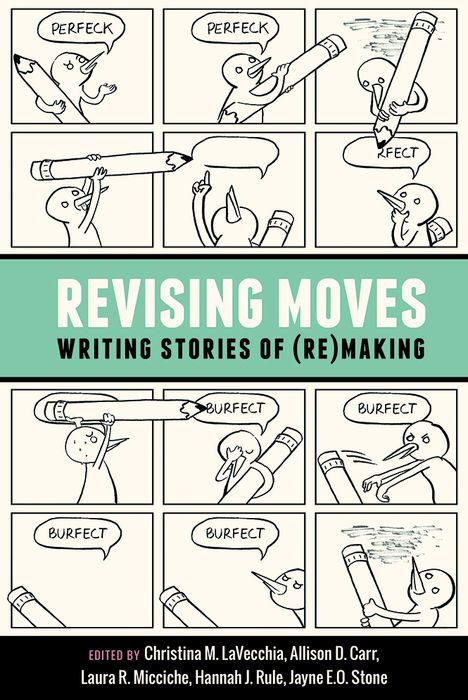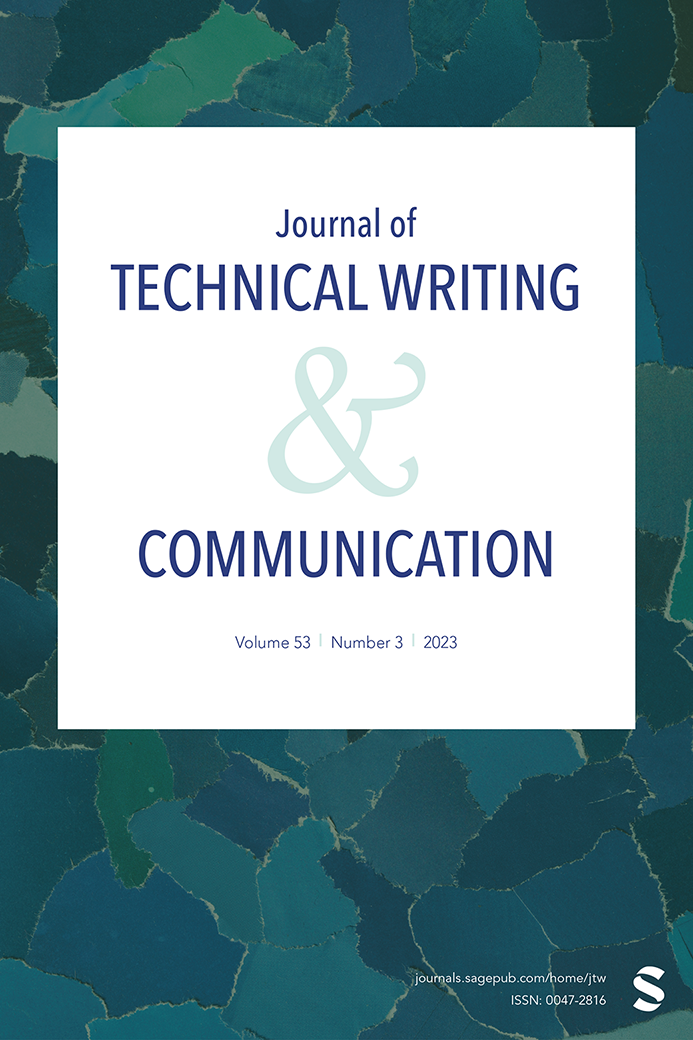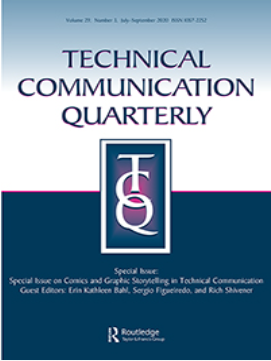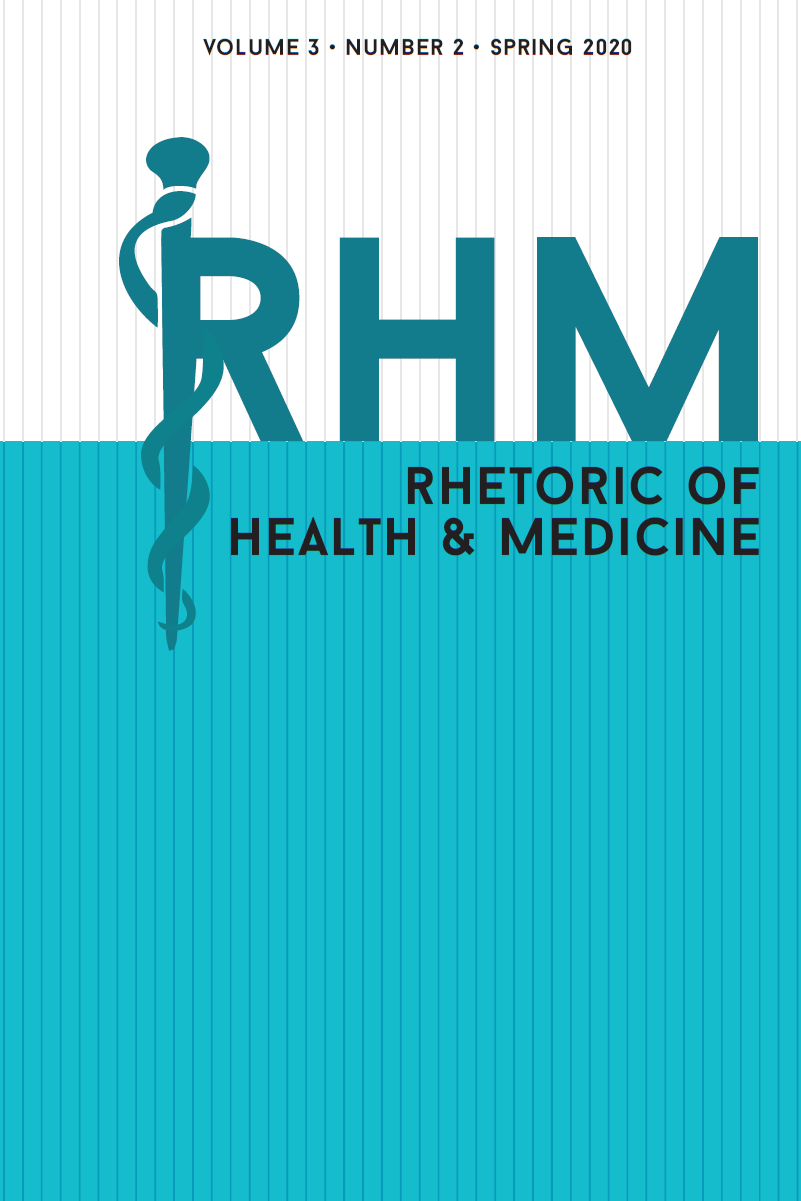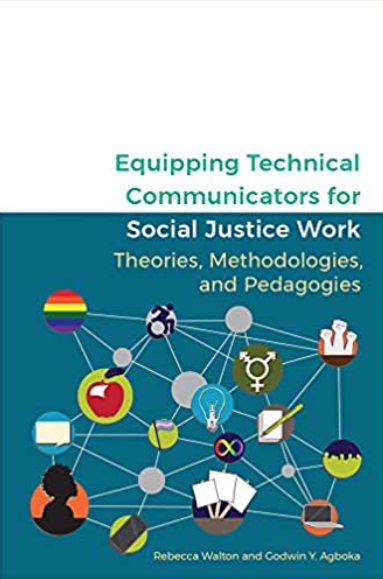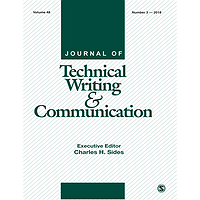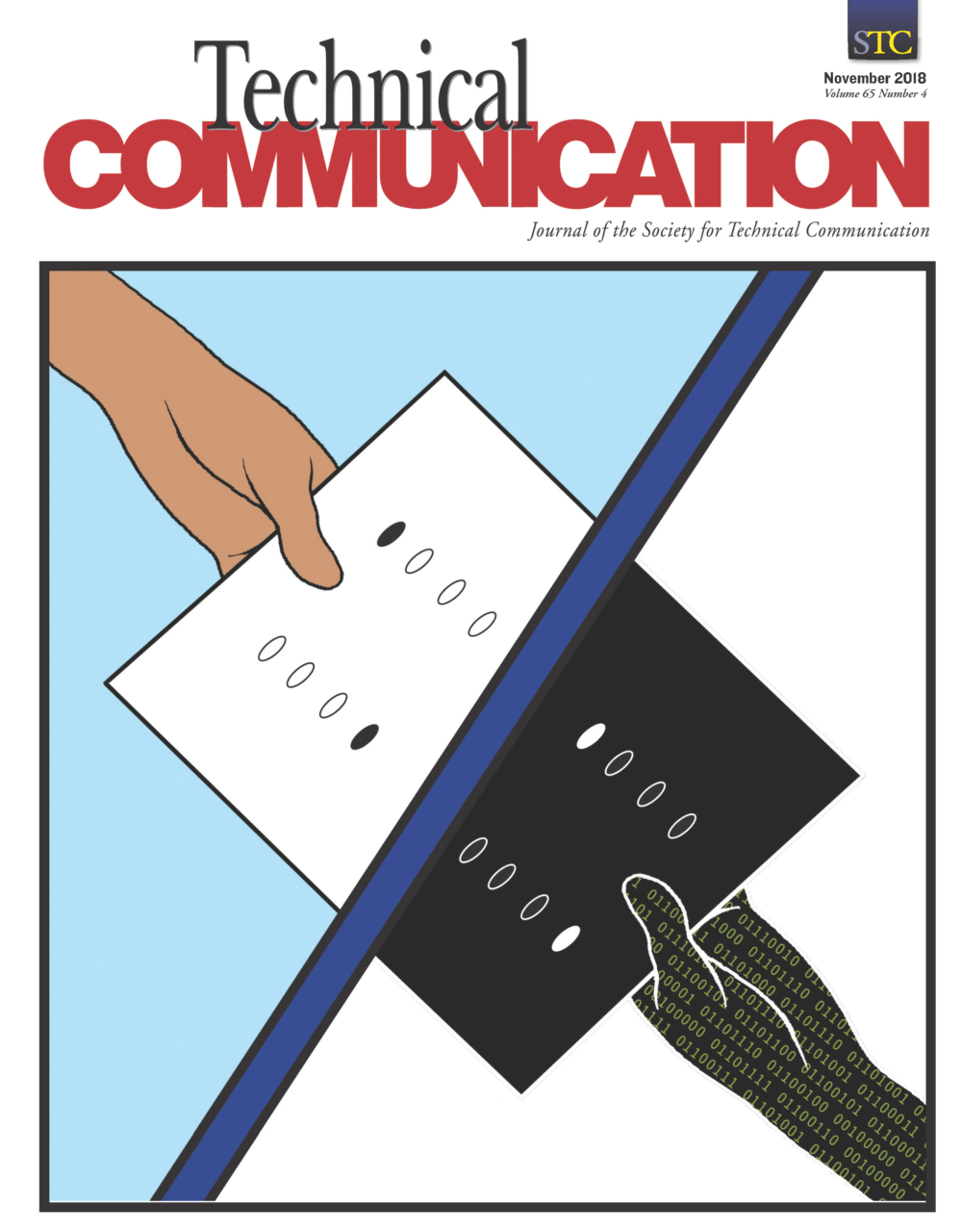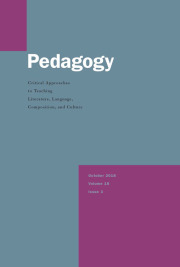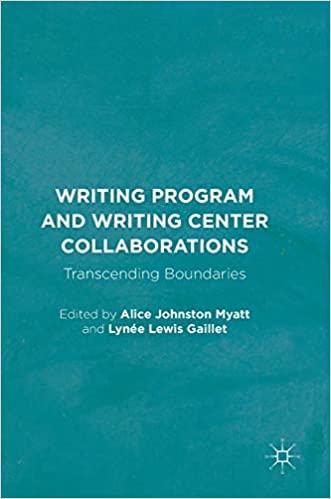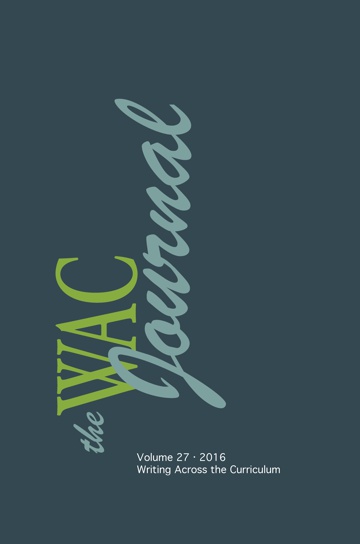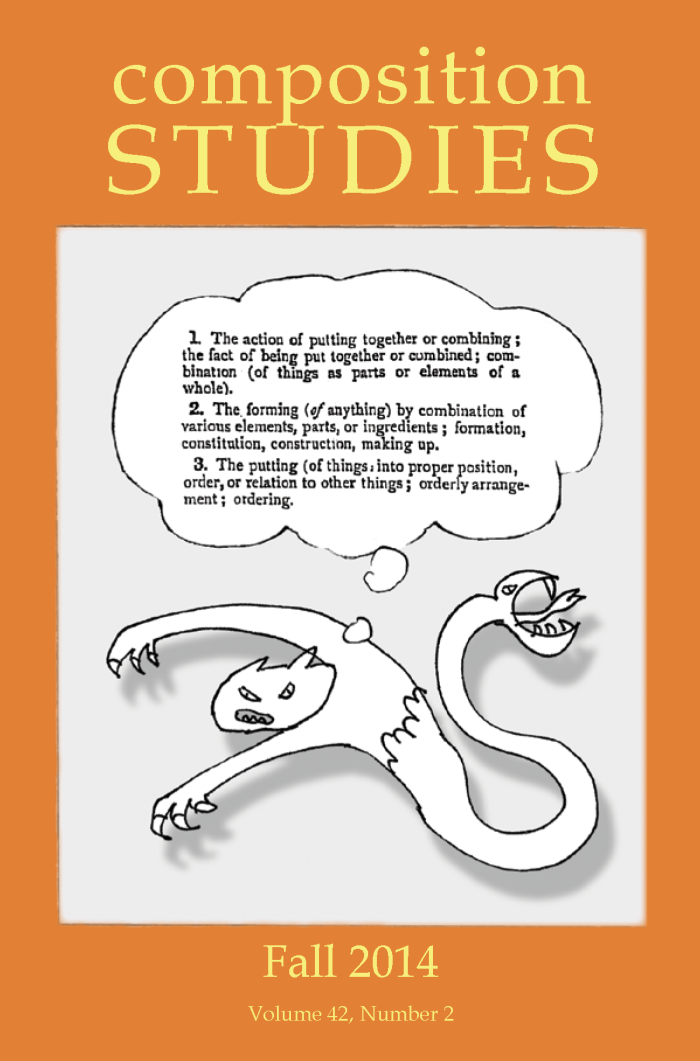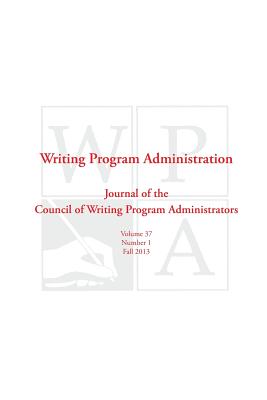Research
Four main themes guide my research.
A sense of place: I am drawn to study the different ways that people make sense of place rhetorically. As such, I am interested in how maps are created, how planners and urban designers conceptualize spaces, and how everyday citizens use spaces in ways that give them a sense of place. My work explores the connection between rhetoric and place in order to provide us with a greater understanding of how spaces are made and experienced — from both the perspectives of experts and users.
Digital Stewardship: Whether exploring GIS, Google SketchUp, or social media platforms, I see it important to learn about the affordances of digital technologies in professional and technical settings. My work looks at how digital tools can be deployed communally –whether that be in coordination with other classes, with other administrators, or with other users– in hopes of creating artifacts that carry more participatory weight that those constructed from a top-down perspective.
Professional Communication: I am also interested in the needs of students in STEM fields learning to become professional communicators. My research takes into account the institutional structures that need to be created and maintained to provide students with such experiences, as well as the friction that can arise from asking students to become “more professional.”
Diverse Publics: It is important to understand how minority populations are negatively impacted by work across all of the areas above. For example, how maps occlude the existence of racial minorities or how technologies negatively impact individuals with disabilities. This cultural work is vital to understanding issues of access and inclusivity across our rhetorical scholarship.
Feel free to contact me about my current and previous research projects
Recent Projects Previous Projects Dissertation Research Back to Top
Recently Published Work
Recent Projects Previous Projects Dissertation Research Back to Top
Previous Research
Methectic Tech Comm in an Urban Planning Comic Book (2020)
Winner of the 2022 CCCC Award for best article in Scientific and Technical Communication—Philosophy and Theory
Technical communication research has relied heavily on participatory, user-focused strategies as well as “participative”, posthuman frameworks. Both research methodologies have various strengths, yet also have been critiqued for underplaying the role of human and non-human agency (respectively) in rhetorical situations. Through an analysis of an urban planning comic book, I suggest that turning to the Greek concept of methexis – or “participation” – may help technical communication researchers bridge posthuman and user-centered investigative approaches.Distributed and Mediated Ethos in a Mental Health Care Call Center (2020)
"Distributed and Mediated Ethos in a Mental Health Call Center." Rhetoric of Health & Medicine, 3.2 (2020).
This pilot study of a mental health call center clinician’s workplace tools, processes,
and organizational structures proposes a preliminary theory of “distributed and
mediated ethos.” A distributed and mediated ethos refers to how an organization
uses various resources—artifacts, technologies, and processes—situated across disparate locations in order to expand and control their identity in the service of extending their reach and capacity to render essential services.
An analysis of a participant clinician’s rhetorical context flowcharts and network pictures shows how an agency’s ethos is mediated through various technologies. Findings suggest that a
distributed ethos
- projects the impression of being “always there”;
- relies on dexterity across several human and nonhuman actors; and
- necessitates targeted tasks from branches that extend ethos farther from the organization.
Election Technologies as a Tool for Cultivating Civic Literacies in Technical Communication (2021)
This piece, co-written with Isidore Dorpenyo and Jennifer Sano-Franchini presents election technologies as a promising topic for integrating considerations of social justice into technical communication courses. We describe an example course unit using The Redistricting Game, a browser game developed by the University of Southern California Game Innovation Lab that provides a basic introduction to the redistricting system. This unit was incorporated into an undergraduate general education writing course on spatial rhetorics as a way of using the election technology of electoral maps and geographic information systems (GIS) to teach students about the politics of space and spatial representations.
The Spaces Between: Mapping Gaps in the Assemblages of Spatial Renderings (2020)
"The Spaces Between: Mapping Gaps in the Assemblages of Spatial Renderings" published in Computers and Composition, 55 (2020).
This piece examines how assemblage theory can be used to map out the hidden agents in students' composing work. Through a months-long study of 3 urban design students learning to master the design rendering software, SketchUp, we can see that although students rely on personal, spatial, technological, social, theoretical, and supervisory constraints, that their attention to community based discourses is lacking. This signals an opportunity for Communicating and Designing Across the Curriculum faculty to help create more fully contextualized design assignments that are rhetorically aware.
Click here to view a time-lapse video of Lola's redesign.
Portions of this work were presented at the 2015 Conference on College Composition and Communication and the Association of Teachers of Technical Writing Conference, both in Tampa, FL.
The Perils of Oral Presentations for Trans Students (2019)
“Trans Students’ Right to Their Own Gender in Professional Communication Courses: A Textbook Analysis of Attire and Voice Standards in Oral Presentations.” Journal of Technical Writing and Communication, 49 .2 (2019).
This piece highlights the problematic ways in which professional communication textbooks prescribe cis-gender norms when discussing bodily performances in the classroom, such as with oral presentations. Through an analysis of 30 popular textbooks in the field, I note the ways in which these normative practices have the potential to put our transgender students into situations in which they must compromise their gender identity for the sake of their grades. Given the increasingly diverse population of students that we meet in our technical communication courses, I note how we, as instructors, may pay attention to our positionality and privilege in order to promote more inclusive learning environments for all of our learners. The abstract is presented below:
Oral presentations are a common genre in technical and business communication courses. While it is important for students to develop a professional ethos when presenting information, in this article I argue that textbooks’ discussion of professional dress and voice privilege cisgendered bodies and erase the differences and bodily experiences that transgendered individuals face. This may cause dissonance in trans students who may come to believe that they must choose between their genders and being professional.
A version of this project was presented at the Association of Teachers of Technical Writing in Kansas City, KS in 2018.
Racial Gerrymandering and Geographic Information Systems (2018)
“Racial Gerrymandering and Geographic Information Software: Subverting the 2011 Texas District Map with Election Technologies.” Technical Communication 65 .4 (2018).
Using the 2017 Texas court case involving the 2011 district map involving districts 23 and 35, this article analyzes the methods with which legislative mapmakers operate and deploy GIS software. As previous researchers have noted, latinidad is often constructed in political and governmental documents within the United States to position Latinos as a threat to White Americans. Frequently, this constructed threat is mitigated by inflating the contributions of White Americans over their Latino counterparts. Yet, this examination of the 2017 court case illustrates that mapmakers can also utilize Geographic Information Systems to gerrymander districts and thus suppress Latino’s voting power to help White Americans maintain political power. Most worrisome is mapmakers’ deference to and citation of the Voting Rights Act to justify the creation of districts that account for and control electoral agency. The article concludes by asserting that technical communicators move beyond compliance in order to account for multicultural publics and to avoid engaging in similar technological practices. It also encourages technical communicators to become more active in identifying practices that threaten democratic integrity and in using their skills to promote more socially equitable electoral practices across their teaching, research, and advocacy.
Portions of this article were presented at the 2018 Rhetoric Society Association Conference in Minneapolis, MN and the 2019 Conference on College Composition and Communication in Kansas City, MO.
Disability Mapping (2018)
"Enabling Geographies: Mapping Campus Spaces through Disability and Access." Pedagogy: Critical Approaches to Teaching Literature, Language, Composition, and Culture, 18 .3 (2018).
Recently, many articles have promoted mapping activities as a way for students to develop their understanding of local community issues. This article extends this work by communicating the value of asking students to move beyond their own positionality on local issues and instead adopt a different perspective through which to map spaces. In particular, I discuss the results of a student project in which students mapped campus through disabilities as a way to open conversations regarding the ideologies of space. Such an approach may help students to break from their usual view of space and may develop a first-hand awareness of how spaces have an impact on others in their community.
Color versions of figures can be see here: Sanchez Figure 1 and Sanchez Figure 2
An iteration of this project was presented at the 2014 Society for Disability Studies in Minneapolis.
Roles of Design Researchers in TC (2017)
"The Roles of Technical Communication Researchers in Design Scholarship." The Journal of Technical Writing and Communication, 47.3 (2017).
As the field of technical communication looks at design thinking for research and pedagogical purposes, I argue that it is important to take note of how researchers in the field have recently positioned themselves in relation to the design of artifacts in their scholarship. The abstract to the article follows:
Design has come to be understood as an essential aspect of the work that technical communicators claim. As a result, research in the field of technical communication has approached studies of design in numerous ways. This article showcases how technical communication researchers assume the roles of observers, testers, critics, creators, and consultants in their handling of design artifacts. Such a model regarding these roles may help us to better understand the design relationships researchers presume as they further knowledge of design within our field. This article offers a framework to leverage into a comprehensive and integrated model for explaining our work on design to others outside of technical communication.
The Appendix to this article can be accessed by visiting the Google Document here: http://bit.ly/1WugWJn or by opening the following pdf: appendix-roles-of-technical-communication-researchers-in-studies-of-design
Animal Sciences/WAC Collaboration (2017)
“Crossbreeding Disciplines: Collaboratively Developing a Writing Culture in Animal Sciences Courses.” Writing Programs, Collaborations, and Partnerships: Working Across Boundaries (Edited by Alice Myatt and Lyneé Gaillet, Palgrave MacMillan, 2017). Co-written with Stacy Nall.
In this book chapter, we trace the collaborative work involved in creating sustainable partnerships across writing and STEM fields. Using a case study from our institution as a backdrop for this discussion, we ask WAC scholars, teachers, and administrators to consider the different priorities for assessment that professionals outside of writing programs have for their students, and how we can help shift these priorities through time and negotiation. Below is our abstract:
In this chapter, the authors discuss a sustained writing across the curriculum (WAC) partnership between the Animal Sciences and English departments at their institution. Drawing on archival and interview research, they explore the decade-long collaboration between graduate student coordinators and course faculty to negotiate between learning to write and writing to learn objectives. This chapter aims to encourage WAC practitioners to engage with content experts about differing concepts of and approaches to writing instruction in STEM courses. The history of this partnership demonstrates that graduate students can make a strong impact on faculty development in writing instruction. The authors conclude with a list of recommendations for administrators who may be forming writing partnerships on campuses where there may not be a strong WAC presence.
Aspects of this project have were presented in Minneapolis, MN at the 2014 International Writing Across the Curriculum Conference and in Bloomington-Normal at the 2014 Council of Writing Program Administrators Conference.
Tactical WAC Assessment (2016)
"Of Evolutions and Mutations: Assessment as Tactics for Action in WAC Partnerships." the WAC Journal 27 (2016). Co-authored with Daniel Kenzie.
Although much of the scholarship in Writing Across the Curriculum has focused on strategic planning and partnerships, we can learn much from looking at WAC work tactically as well. This focus on strategy makes sense given that administrative endeavors typically involve shoring up resources and expanding programs. However there are salient benefits to adding tactical thinking to strategic planning in WAC work. Borrowing from Michel de Certeau's framework on strategies and tactics, this article argues that thinking tactically can 1) lead to increased administrative agency—particularly for WPAs and graduate WPAs (gWPAs) who spearhead WAC programs that are not on the path towards evolving—and 2) reveal new strategies that can aid in administrative work as particular WAC programs and partnerships mutate (rather than evolve). Through two case study experiences of how assessment-based tactics can function in WAC contexts, the authors discuss the benefits of introducing local "busts of action" into WAC administrative work.
Portions of this article were presented at the Conference on College Composition and Communication in Houston, TX in April 2016.
Mapping Queer Rhetorics (2015)
"Locating Queer Rhetorics: Mapping as Inventional Method." Computers and Composition, 38 (2015). Co-written with Don Unger.
This article discusses how mapping technologies can aid researchers in identifying relationships that may often remain hidden. We use Google Maps to trace queer dissertation networks, noting the spatial relationships that begin to emerge. The abstract is presented below.
Because of the sheer abundance of scholarship employing spatial metaphors to trace Rhetoric and Composition’s development, it feels disingenuous to argue that mapping has recently emerged as an important method for shaping and reshaping the field. However, much of this scholarship challenges the lay of the land by describing the discipline as a map (e.g., Glen’s “Remapping Rhetorical Territory,” 1995). In so doing, this work glosses the complexities involved in making and reading maps. More recently, Sullivan and Graban (2010), Tirrell (2012), and others have delved into these complexities by employing mapping technologies to visualize aspects of the field that get overlooked. We draw inspiration from both bodies of work in order to locate queer rhetorics in two maps: one visualizes published work, and the other marks where, when, and from whom dissertations emerged. In one sense, our maps conceptualize queer rhetorics as a landscape in order to complicate how published works define this area of inquiry. In another sense, discussing our processes for creating and reading these maps points toward the limited way we are able to extend this conversation and complete our project. Put simply, we argue that mapping is an inventional method, and maps not an end in themselves. In order to raise questions for future research, we address how our maps locate (and dislocate) what they attempt to visualize.
Portions of this article were presented in Louisville at the 2012 Watson Conference.
WAW and Digital Rhetorics (2014)
"Engaging Writing about Writing Theory and Multimodal Praxis: Remediating WaW for First Year Composition." Composition Studies, 42.2 (2014). Co-written with Liz Lane and Tyler Carter.
My co-authors and I discuss the implications of combining digital rhetorics pedagogy within the framework of a Writing About Writing approach to first year composition. In this course design, we review the advantages of asking students to engage in such practices as
- developing a visual and reflective awareness of their sponsors of literacy through social media platforms,
- creating multimodal assignments that showcase the communication practices of discourse communities that they are a part of, and
- networking across sections of our introductory composition courses to ask for and receive feedback on the design and content of these multimodal assignments.
Online Spaces and ESL Learners (2013)
"Creating Accessible Spaces for ESL Students Online." WPA: Writing Program Administration, 37.1 (2013).
I call for administrators of online sites to take English-as-a-Second-Language students' accessibility needs into account when they re/design their digital spaces. Through an empirical study of writing center websites, I outline some recommendations that Writing Program Administrators and Writing Center Directors should follow to allow for greater access. The shortened abstract to this article follows:
This essay responds to the 2012 CCCC featured session, "Access--A Happening,"... [ wherein], Paul Kei Matsuda called on instructors and WPAs to create access for ESL students into such spaces. WPAs have long sought out opportunities to allow students to have more of a voice when it comes to policy; in this way, this study examines whether WPA documents--specifically information and support resources available on writing center websites--meet the needs of ESL students. I studied eight OWL websites in universities with large international student populations to gauge how well these sites took into account criteria pertinent to ESL students as evident in the available scholarship: intercultural needs, writing resource needs, plagiarism resource needs, and readability. The article ends with specific recommendations for WPAs to follow in creating documents--online or otherwise--that will incorporate ESL audiences.
The White Tiger and Queer Transgressions (2012)
"Queer Transgressions: Same-Sex Desire and Transgendered Representations in Aravind Adiga’s The White Tiger." Trans-Scripts, 2 (2012).
In this piece, I explore how characters within Aravind Adiga’s novel transgress emotionally and physically authorized spaces. I point to two particular examples of how Adiga’s text asks us to role queer desire with transnational subjectivities. Firstly, I argue that the inherent master and servant relationship between Balram and Ashok places the two men in homosocial spaces that ask them to explore same-sex desire. At the same time, Adiga also bars the pursuit of any such exploration through the disapproval of other characters and the strategic placement of heteronormative rules and conventions throughout the text, thus hinting at the maintenance of heteronormative codes. Secondly, I discuss how crossing national borders into India and the United States, respectively, creates a transgendered experience for Pinky, and more specifically Ashok, whose Americanization leads to his feminized portrayal and, ultimately, his death.
Recent Projects Previous Projects Dissertation Research Back to Top
Dissertation Research
This project built on place-based studies in composition and rhetoric that have highlighted how inequities resulting from planning and design policies disconnect individuals from their communities (Ackerman, Fleming) and how urban development has created a crisis in how individuals relate to each other (Rice). Building off of this work, I explored how urban designers compose space as they draft plans for redesigning a particular area, paying particular attention to which constituents are allowed to influence a design and which remain on the periphery. Moreover, I sought to determine how publics are construed in this process and the engagement that takes place between communities and experts through the visual/material media that designers deploy.
Because much of the work in rhetoric and composition often casts place-making professions in a monolithic light, I suggest in this long project that we can learn more about the ways that spaces impact communities by turning to recent research in Technical and Professional Communication on network theories and workplace studies which may help shed light on the various actors that help bring about multimodal communicative artifacts to the public. In this way, we can have a better sense of the complicated web within spaces are designed and determine which arguments and values might correspond with which particular stakeholders in these scenarios. Thus, my project extends work on place-based rhetorics by turning a critical lens toward urban design classrooms and workplaces in which students and experts assemble their visual artistic and inartistic proofs in the composition of spaces.
As I highlight, there may be numerous experts within place-making fields which may share our concerns for usable and socially responsible designs with whom we can align in order to convey the discursive concerns of the public on issues of space. Despite the allies that we may have in place-making fields, as recent publications have noted, there is still much that these experts can learn from professional and technical communication and rhetoric studies as well.
This research project then, is a response to such calls by opening conversations with urban designers about community engagement, usability, and ideology. At the same time, we can benefit from these conversations by learning more about visual communication and design from fields that default to these forms of communication. Indeed, while many studies have been produced on visual communication and multimodal design in professional writing and technical communication, this research has usually treated multimodality as an add-on to alphabetic text which helps only in the transmission of technical ideas. My project asks us to examine fields where the visual is the primary means of discourse and where text is secondary to the message. In this way, our students may think more broadly about digital design—beyond document design software to engaging with design technologies.
As Digital Humanities scholarship has made clear, students, researchers, and instructors can learn more about technological communication practices by engaging with platforms directly—creating, iterating, and disseminating these digital work. Such practices however will involve collaborating with other experts outside our field, breaking down academic and professional silos. Throughout this project, I highlight ways that we can become more active in discussions with STEM and design professions implicated in place-making and teach students in our classes to consider developing a broader awareness of design implications.
Many studies in professional writing have engaged with a broad range of issues in design. Those that investigate spatial design (via architecture and landscape design projects) have studied the implications of effectively communicating design to others after a design has been created. My project shifts the focus of analysis, asking us to interrogate the rhetorical choices that are made not only during the communication of a design but those that are assembled together in the moment when experts design. In this way, I hope to open conversations about the importance of discourse and equity, which the field of urban design is currently needing.
Introduction: Opens a space to discuss spatial design in technical communication. I present in more detail the studies that I allude to above that center on matters in design in rhetoric and composition and note the lack of engagement with classroom and workplace practices that professionalize students in place-making fields. I argue that such attention could better help us see the panoply of actors in the process of space-making and would help us to engage with allies in our rhetorical work.
Chapter 1: Highlights the ways that “design” has been invoked in the professional and technical communication literature in order to showcase that there is an opportunity in technical communication to think of design broadly. I propose a model for thinking about design research that spans method and methodology and instead focuses on the roles that technical communication researchers play in the design process. Specifically, technical communication researchers can play the roles of observers, testers, critics, consultants and even creators of designed artifacts—and often take on multiple roles simultaneously.
Chapter 2: Presents a historical overview of the field of urban design. Stemming from landscape architecture in the early 20th century, urban planning was heralded as the field of design that would fuse together the design of buildings (architecture) with the design of public places (landscape architecture). However, in the 1960s, the field turned to social and policy issues of space, leaving urban design to architecture. Recently, seeing the benefits of controlling design, not merely producing policy, urban planning has attempted to re-enter the realm of urban design, leading to many contentious arguments between planners, designers, and architects. From this overview, I highlight the importance of controlling design within our own field.
Chapter 3: Traces the perceived networks that students in urban design courses see themselves working in for their projects and for their future work. After a prolonged analysis of the objects produced by 4 students across multiple institutions over the course of their semester-long redesign projects, I conduct discourse based interviews in order to note the actors, techniques, and technologies that they draw on in order to create these spaces and how they think that this work will differ when they are engaged in space-making practices in the field after graduation. I put forth implications for teaching user discourse analysis as it pertains to design practices to students in professional writing and technical communication courses as well as across the disciplines.
Chapter 4: Discusses the multifaceted distributed work of a project to extend the transportation system in a pseudonymous town of Watertown. Having seen the contentious history of urban design as a field (Chapter 2) and how it dictates the various actors in place while students learn to design in a laboratory setting (Chapter 3), I put this knowledge into context to show how multiple actors play a role in presenting visuals to the public as arguments. Moreover, these visual arguments are used to place members of the public in specific positions, which make it difficult to engage in mutual exchanges of ideas for the improvement of a system’s design. I end by discussing implications for implementing usability protocols and by showcasing possible ways of speaking with place-making experts to improve their design and communication practices.
Chapter 5: Proposes an assignment that would ask students to consider iterative design practices. I use Rittel and Webber’s notion of “wicked problems”—problems in design that stem from design choices and which cannot be predicted—as an occasion to teach students about consequences of design. I offer an activity in which students would be asked to play SimCity 4 in order to take into account how a proposal for improved design may have implications years and decades down the line. Students are asked to consider how their proposals would impact users and whose voices and spaces they consider as they bulldoze houses or increase sprawl in the name of progress. Students then make recommendations for improving the game to allow for more rhetorical options which may be missing.
Recent Projects Previous Projects Dissertation Research Back to Top
